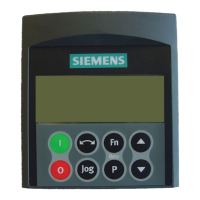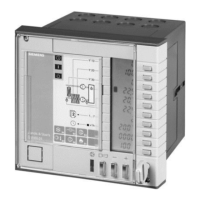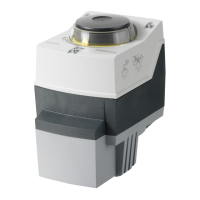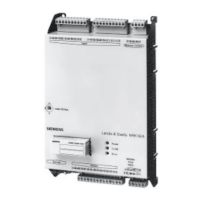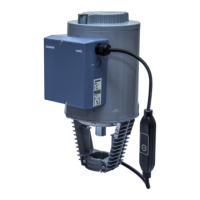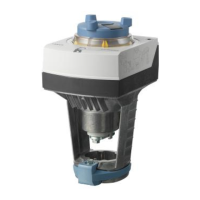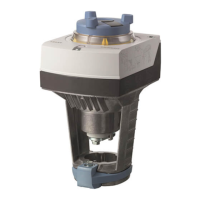99/221
Siemens Switzerland Ltd User manual RVS61.843 CE1U2355en_02
HVAC Products 6 The settings in detail 23. November 2007
Hx pumps
Line no. Operating line
2010,
2035,
2046
H1, H2, H3 Excess heat draw
Off
On
2012,
2037,
2048
H1, H2, H3 with buffer
No
Yes
2014,
2039,
2050
H1, H2, H3 prim contr/system pump
No
Yes
2015,
2040,
2051
H1, H2, H3 Refrigeration request
2-pipe system
4-pipe system
Excess heat draw can be triggered from some other device via bus or by storage tank
recooling.
When dissipation of excess heat is activated, it can be drawn by space heating. This
can be selected separately for each heating circuit (H1, H2, H3).
Off
Excess heat draw is deactivated.
On
Excess heat draw is activated.
Excess heat draw is active only if the respective Hx input is defined as a heat request
or heat request 10 V input.
If there is a buffer storage tank, it must be stated whether the Hx circuit can draw heat
from it.
When making use of alternative heat sources, the buffer storage tank temperature is
used as a control criterion for the release of additional heat sources.
No
Hydraulically speaking, the consumer group is connected upstream of the buffer
storage tank and cannot draw any heating or cooling energy from it. The heat or
refrigeration request is forwarded to the heat / refrigeration source upstream of the
buffer storage tank.
Yes
The consumer group is connected downstream from the buffer storage tank. It draws
heating or cooling energy from the buffer storage tank and its temperature request is
taken into account by buffer management.
The setting defines whether the primary controller / system pump has an impact on the
consumer group.
No
Hydraulically speaking, the consumer group is connected upstream of the primary
controller / system pump and cannot draw any “precontrolled” heating or cooling
energy. The heat or refrigeration request is always forwarded to the heat / refrigeration
source upstream of the primary controller.
Excess heat draw
With buffer
With prim contr/system
pump

